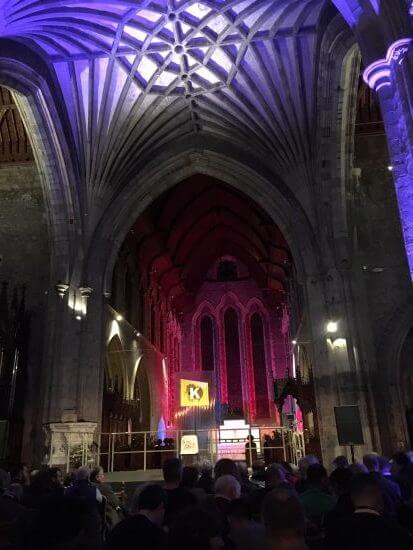
Some thoughts on the value of investing in your foundational strengths before working on what is visible to others, then a reflection on how I like to support others in building their businesses, ie by building strong foundations first.
Building a house with a strong foundation
In 2008 I built a home in Cayman. After many years involved with project development, it was time to build one for myself. One useful though simplistic way of looking at building is $psf (or £psm if you are UK and metric!), the dollars per square foot it costs you to build a house. Developers and contractors do look at this and are generally rigorous about costs, trimming them wherever they can.
The thing was, when it came to my own home, right on the water, on an island which had been devastated by flooding and wind from Hurricane Ivan less than four years before, I was also very much focussed on building a strong structure that would be as hurricane-resistant as possible.
In short, I went way further than the norm. As one area of examples, a few of the elements that I then included in the design, with a view to a potential future hurricane:
- Digging out the ground down to bedrock then mounting structural steel columns over 3 metres below ground, bolting them in sections right up to the roof, over 14m high in total for seven structural columns.
- Building the floor level of the house 3m above sea level (planning rules only required it to be 1.2m / 4 feet, Hurricane Ivan created an average of 9 feet of storm surge flooding).
- Hurricane glass in all windows.
- Multi-point locking doors (outward opening, of course!)
- A pool deck built up in tiers to add an additional buffer to any storm surge waves before they hit the house.
- Strapping to the roof that was doubled up on every truss (far in excess of the building regulations)
- Poured concrete second-storey floor.
- 10,000-gallon cistern to catch and hold water (in case of water supplies being cut in a Hurricane)
- 35kva generator to power the whole house (if no power after a hurricane) with a 500gn underground propane tank to power it
When my project manager and I added up all of these costs, we had added well over $300,000 in costs to the house compared to basic construction standards, fully 25% additional cost on the construction budget.
I had invested hundreds of thousands of dollars in foundational strength to the structure that nobody would ever see.
After moving into the house in late 2008, Cayman had a rare event, an earthquake that we could feel. I was in the house working in my study on the third storey of the house. I smiled, as though I felt it, I felt certain (and was right) that the house simply shrugged off the wobbles of the earthquake, so strong was the structure.
Did I get all of that money back when I sold the property a decade later? I don’t think so, but I felt good selling it to someone who could feel they and their family were secure in it.
Building a basic house
The home I bought this year was part of the Help to Buy programme in the UK. Built only five years or so ago in 2017, the market for such properties was so strong that there was no “free market” regulating build quality for such homes. Having done my research then, the core building structure is solid, but I was also fully expecting the finishing quality of the interior to be totally basic, and so I found it to be.
I just don’t like living in a house that is not well put together, so in the first six months of ownership I will have already spent at least 8% on top of what I paid for the house in basic improvements alone. To give two simple examples, a) all the walls were painted white, and only with one coat of primer directly on top of the plasterboard!, and b) the lawn was muddy due to terrible drainage (the builders simply put construction debris in there to level it then put a minimal amount of topsoil down).
Once I’ve finished investing in improving the house, some improvements will be visible, some less so, but the house will be in far better condition for me and, should I ever sell it, for a future owner.
Building your business with strong foundations
I realise now that I can relate my approach to building houses to how I have always looked to build businesses, and, over the last decade and more, supporting others in building their businesses.
I always focus on building strong foundations first and foremost, setting the business up for long-term success. This can take some patience, as results may not be visible at first, but ultimately a business with strong foundations is one that will deliver strong results and can be built upon, adjusted, enhanced, iterated and drive value for the long term. As one of my most commonly used phrases goes: “slow down now to speed up later”.
PS The picture above is Kilkenny Cathedral. Ancient cathedrals were always built to last for aeons. If you were to go down into the crypt of one you can normally see their foundations, foundations that will have supported the structure above for hundreds or even over a thousand years.
